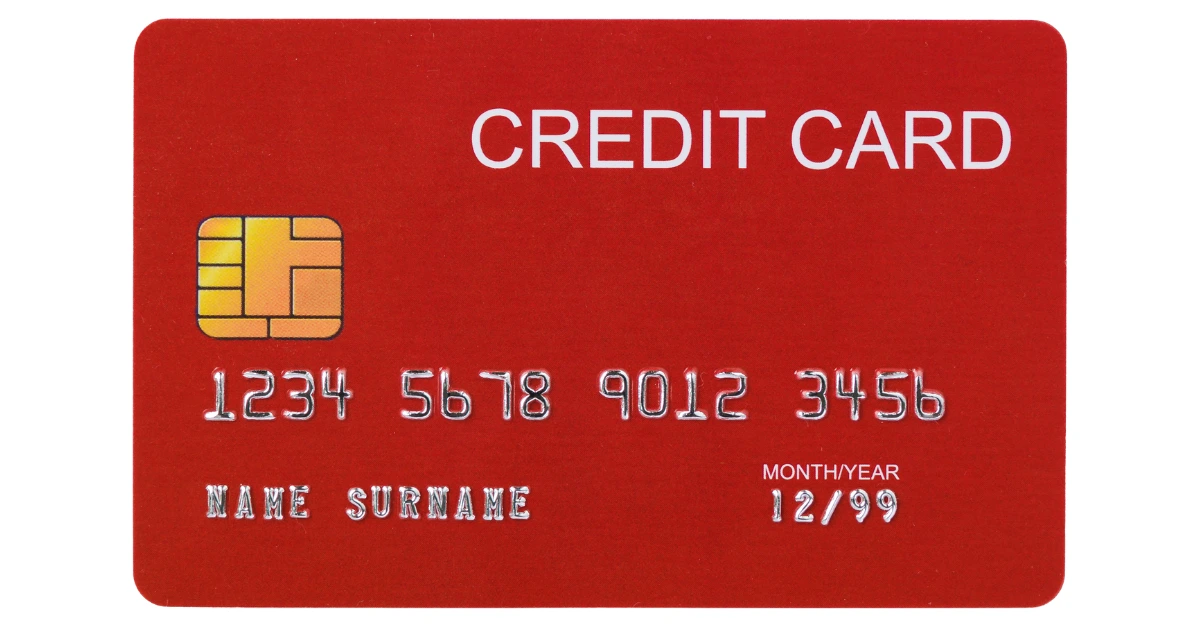Running trucks isn’t just about miles and fuel—it’s about cash flow, trust, and leverage. Whether you’re a one-truck owner-operator, a small carrier juggling invoices, or a broker coordinating freight, credit is the hidden gear that keeps everything moving smoothly.
Good credit means access to cheaper loans, better insurance rates, faster equipment financing, and a safety net when payments lag. Bad or nonexistent credit? That’s when opportunities pass you by—or worse, costs pile up.
So how do you build strong credit when your business literally runs on wheels? Let’s talk about smart ways to establish, grow, and protect credit for the long haul.
Why Credit Matters in Trucking
Every load you haul touches credit in some way. Your fuel card, factoring account, insurance premium, and even your ELD subscription—all depend on whether someone trusts you to pay on time.
Credit isn’t just about borrowing; it’s about credibility. When lenders or shippers check your business credit score, they’re asking:
- Does this company follow through?
- Are payments consistent?
- Can we trust them with more work, or better terms?
A strong credit profile can unlock:
- Lower interest rates on equipment and working-capital loans.
- Faster approvals for new trucks or trailers.
- Higher broker credit limits (so you can pay carriers before your shipper pays you).
- Better fuel-card terms and discounts.
In short: credit builds confidence. And confidence keeps your business moving.
Step 1: Separate Business from Personal
If you’re still using your personal card for diesel, you’re mixing signals that confuse lenders. Start by:
- Registering your business (LLC or corporation).
- Getting an EIN from the IRS—it’s free and acts like your business SSN.
- Opening a business checking account and using it exclusively for business transactions.
That separation sets the foundation for business credit. Your company becomes its own financial identity—so late payments on your personal card don’t drag down your trucking business, and vice versa.
Step 2: Get—and Use—a Credit Card Wisely
A business credit card is more than convenience; it’s a daily opportunity to prove reliability.
If you’re just starting out, even a secured card or entry-level business card helps. Use it for recurring expenses—fuel, tolls, maintenance supplies—and pay the balance in full each month. Those on-time payments build a positive record fast. Credit-reporting agencies track payment consistency more than the amount you borrow. Paying on time (and keeping your balance under 30% of the limit) signals discipline and stability—two traits lenders love.
BILT Credit Card spotlight: While BILT started as a rent-payment card, it’s now a broader option for people who want to earn points while building credit responsibly. Unlike some rewards cards that push you to overspend, BILT emphasizes on-time payments and has no annual fee. For truckers renting office space, warehouse space, or even housing, using a BILT Card turns those unavoidable rent checks into credit-building momentum. It’s not a trucking-specific product, but it’s solid for improving personal credit, which still matters when you apply for business financing.
Step 3: Look for Low-Cost, Relationship-Based Loans
Once you’ve got a few months of positive credit activity, the next move is accessing capital smartly. Big national banks may not see the full picture of a small carrier or brokerage, but local credit unions and community lenders often do.
Ask about:
- Commercial vehicle loans with flexible collateral terms.
- Equipment-refinancing options to lower interest on existing trucks.
- Lines of credit for short-term cash flow gaps (like when a shipper pays on 45 days).
Look beyond interest rates—ask about fees, early-payment discounts, and reporting. You want lenders who report to business credit bureaus, because every positive payment boosts your score.
For some owner-operators, micro-loans or SBA 7(a) loans provide low-cost ways to expand—adding a second truck or hiring a dispatcher. The key is to borrow strategically: treat credit like a tool, not a crutch.
Step 4: Build Trade Credit with Vendors
You don’t always need a bank to build credit. Fuel suppliers, tire shops, or factoring companies often extend net-30 or net-45 payment terms. Those relationships matter just as much as traditional loans.
If your fuel provider or parts distributor reports to credit bureaus like Dun & Bradstreet or Experian Business, every on-time payment strengthens your file.

Step 5: Keep an Eye on Your Credit Health
Monitoring credit isn’t just for when you need a loan. Keeping tabs on your business and personal credit keeps surprises away.
- Check your business credit reports at least twice a year. Errors happen—wrong addresses, closed accounts showing open, etc.—and disputing them early prevents issues later.
- Watch for sudden score drops, which might signal identity theft or reporting errors.
- Use free monitoring tools or inexpensive dashboards that alert you when something changes.
The trucking industry moves fast; a missed notice could mean losing a financing opportunity.
Step 6: Use Technology to Your Advantage
Credit building doesn’t have to be old-school. Modern fintech (financial technology) tools help truckers and brokers streamline the process.
- Digital bookkeeping platforms automatically track expenses and categorize spending—perfect for staying audit-ready and showing lenders clean books. Even if you don’t need to pay for a sophisticated software subscription, a simple, organized Google Sheet still helps.
- Freight-factoring companies that report payment history can double as credit builders.
- AI-powered credit tools (some integrated with loadboard apps or dispatch systems) predict cash-flow needs and suggest financing before you hit a crunch.
Leveraging these tools doesn’t just improve credit; it improves your financial literacy and keeps your operations stable.
Step 7: Mind the Ratios and Red Flags
Even with credit lines open, it’s easy to drift into unhealthy habits. A few rules of thumb:
- Keep credit utilization under 30% across cards. High balances can hurt scores even if you pay on time, since it signals a reliance on credit.
- Avoid taking out multiple loans within a short window—each application/inquiry can ding your score.
- If you must carry debt, prioritize paying down the highest-interest accounts first.
- Set reminders for due dates; one missed payment can erase months of good history.
Remember, lenders look for patterns, not perfection. A consistent, steady record builds far more trust than a big one-time payment.
Step 8: Use Credit to Grow—Not Just Survive
Once your credit is healthy, the real benefit is freedom. Strong credit gives you leverage to:
- Expand your fleet.
- Negotiate better factoring or fuel rates.
- Hire help instead of turning down loads.
- Weather the slow season without panic.
Think of credit as an engine—it can pull you up the next hill, but you still have to steer. Stay mindful of what each new account or loan adds to your monthly obligations.
The Road Ahead: From Credit Rookie to Financial Pro
Building credit takes patience, but it’s one of the most profitable habits in trucking. Start small, stay consistent, and use every payment to prove reliability.
All small business owners share one goal: stability. And good credit isn’t just about borrowing; it’s about creating options—cheaper insurance, faster repairs, and peace of mind when opportunity knocks.
So grab that business card, nurture relationships with lenders who see your potential, and keep your balance sheet as clean as your windshield after a summer rain. Because in trucking, as in credit, steady habits keep you rolling.





